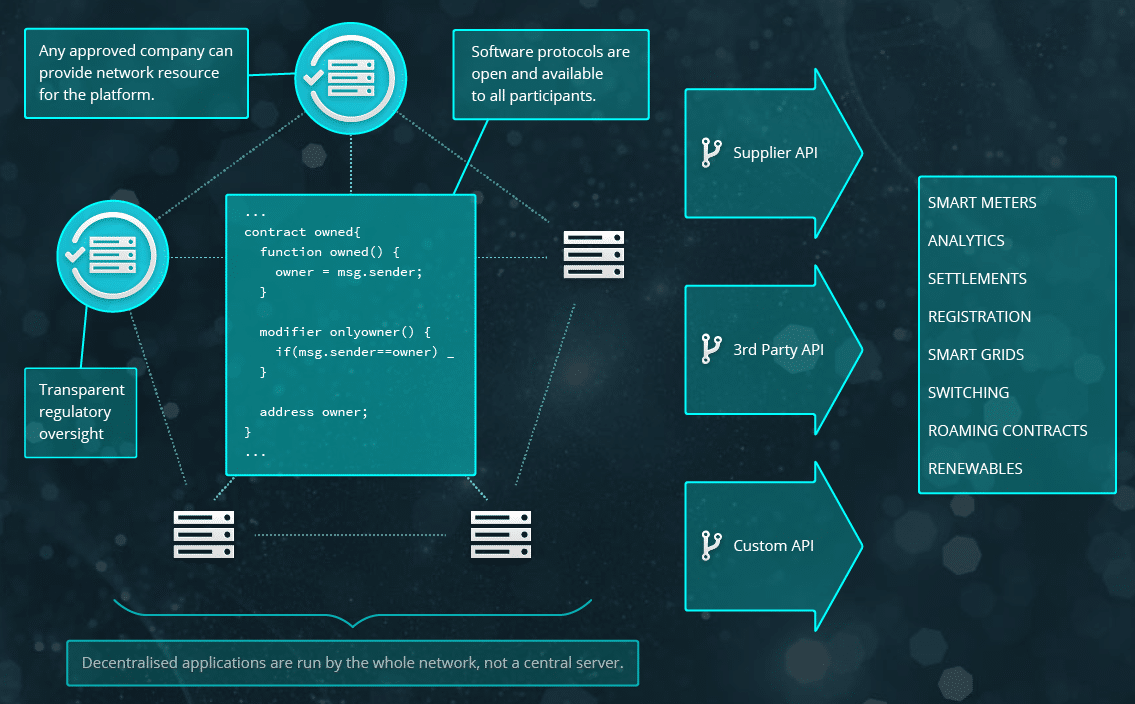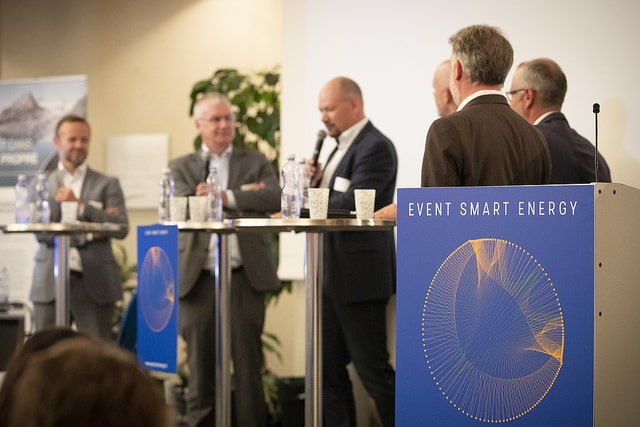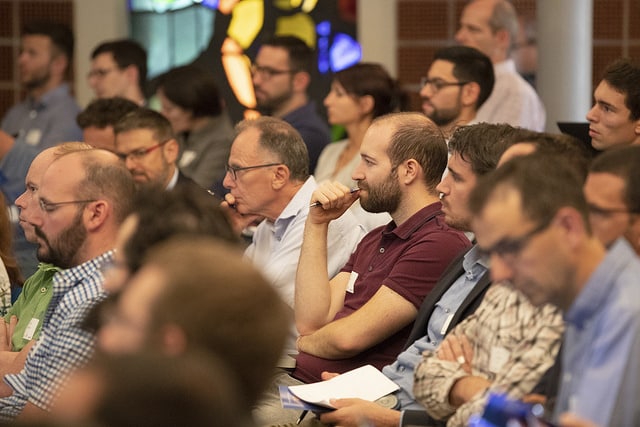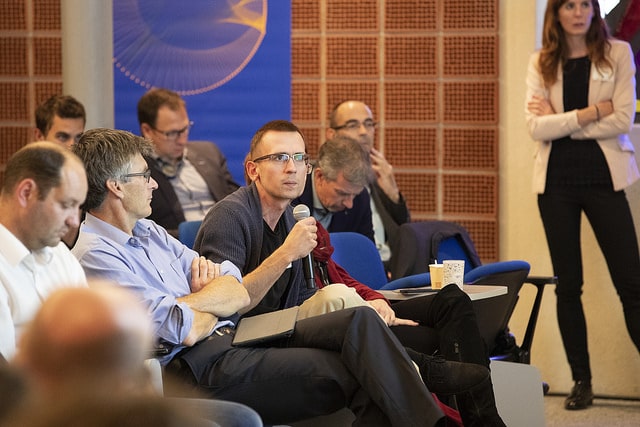In the early 20th century, challenges in energy architecture were mostly related to simplicity. Now, distributed generation and multiple sources of supply have increased the complexity of the energy sector, and this complexity is not always well-organised. So how can this type of environment be coordinated effectively? This was the question to which Jon Ferris, strategy director at the British company Electron, responded at the Smart Energy event in August 2018.

About
Energy Architecture
Context
In the early 20th century, challenges in energy architecture were mostly related to simplicity. Now, distributed generation and multiple sources of supply have increased the complexity of the energy sector, and this complexity is not always well-organised. So how can this type of environment be coordinated effectively? This was the question to which Jon Ferris, strategy director at the British company Electron, responded at the Smart Energy event in August 2018.

The aim of British company Electron is to create innovative, collaborative solutions for the energy market, based on blockchain. This decentralised technology makes it possible to develop a shared infrastructure for the energy markets. To date, Electron has developed two platforms: the first facilitates meter registration, the second provides a flexible negotiation space.

Making better use of data
For Jon Ferris, current methods of managing and using data are hindering the effectiveness of the energy transition. Although a gigantic amount of energy data is produced nowadays, this data is not analysed efficiently. The market’s actors concentrate on pricing rather than costs, on renewable sources of energy rather than carbon emissions. In the end, “we measure what we’re able to measure, not what is important.”
Similarly, consumers and smaller players are invisible on the energy market and receive only a limited amount of information. There is no effective way of showing them the full value of the system, at either local or national level. The complex regulations that govern the energy sector do not make it easy for these users to be properly informed and understand the information. Better provision of information would result in greater involvement by all the actors in the energy market.
Platforms that connect all the parties
Other Electron-type platforms are now being developed in Europe, with the aim of aggregating data and implementing control measures. The issue now is to coordinate these different platforms and enable common values to be used. These platforms must also integrate with existing systems and promote customer involvement.
“We’re hoping that we’ll soon have an initial market for negotiating capacity,” explained Jon Ferris. However, once an agreement has been made between two of the platform’s users, it is sent to another system that takes ten days to validate the operation. So there needs to be a big effort to improve the efficiency of exchanges.
Lastly, creating the energy architecture of the future means “creating a system that maximises participation by the different actors and production of clean energy,” according to Ferris. The markets, the incentives, the rules and the regulatory organisations allow new ways of doing things, it’s now a question of continuing to move forward. The emphasis now has to be on sharing data, analysing that data efficiently, and incentivising all the parties involved to share their data.
Report of the presentation given on 31 August 2018 during the Smart Energy event
More information & PDF presentation on Smart Energy Event website : https://www.eventsmartenergy.ch



